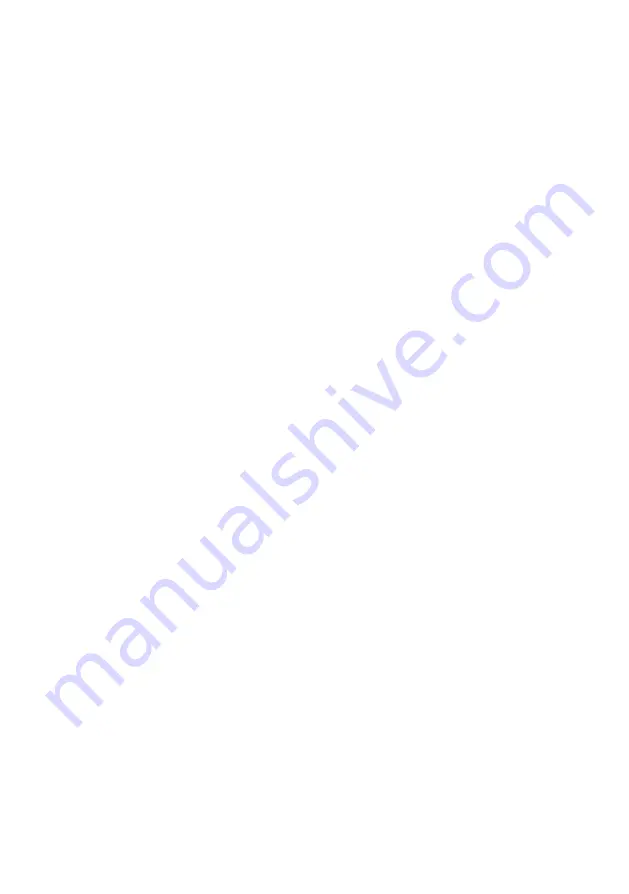
Page 28
5.
Graphics
This chapter deals with producing graphics for display at the lanes .
These graphics can be stills or animations, and can be used for a variety of
purposes. Some graphics are displayed after events on the lane, such as a strike.
Others can be used for messaging or promotions. Others are used for games such
as
Casino Bowl
.
A program called
Pack
is supplied with the ALS board (and is available for
download from www.touchscore.com.) and is used to convert industry standard
GIF files into the format used by Touch Score. Any program that produces
320x200 256 colour GIF files can be used to produce the graphics. Autodesk
Animator is a suitable program that produces both stills and animations, and
supports the GIF file format.
5.1
Preparing your GIF files
To produce your GIF files, refer to the documentation for the program that you are
using (eg. Autodesk Animator). The following points should be n oted.
A still will require only one GIF file, but an animation will require several GIF
files, one for each frame. The name of these files should follow a sequence as
shown below.
name00.gif (or just name.gif)
name01.gif
name02.gif
.... etc
where name is any name you choose.
The number of frames required for an animation varies considerably. Animations
where not much detail changes may have up to 80 frames. Animations where lots
of detail is changing may have only 10 or so frames. Animations should not last
more that a few seconds, as this delays bowling. The packed animation file is also
limited in size to around 200K.
All frames in an animation should share the same palette, as the palette of the first
frame will be used for the entire sequence.
5.2
Special Effects
Various special effects are available, and these can be selected when the sequence
is packed. However, these special effects require your GIF files to be prepared in a
special way. Each effect is discussed below.
















































